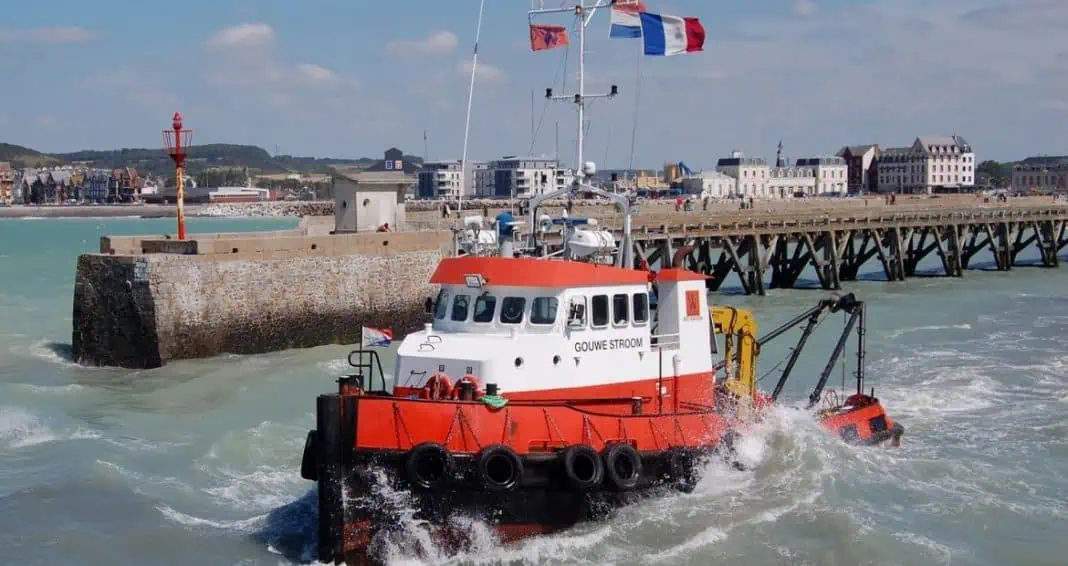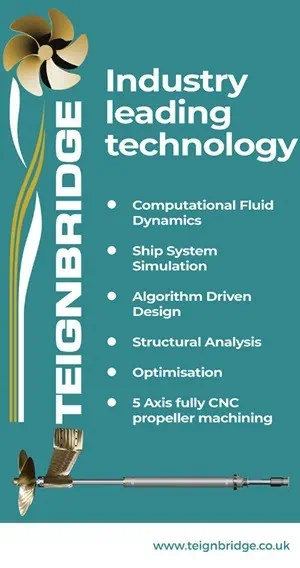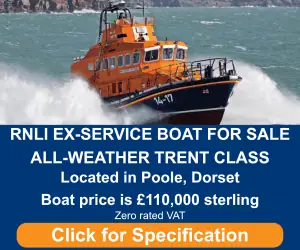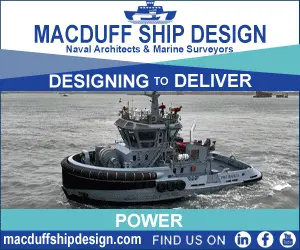Repowering your boat or entire fleet is an important decision, and a decision you will live with for a long time. These repowering decisions could deliver improved financials and customer satisfaction for your business, in addition to enhanced performance and efficiency for your vessel.
For the best results for your business, consider all aspects of repowering before making your final choice.
To help you with this, we have compiled the five repowering considerations below for you and everyone else in the marine industry. Whether the boat is used for fishing, towing, ferrying or pleasure, these considerations will help narrow down the repowering options that you should consider.
We also recommend you reach out to your local Cummins Inc. marine expert if you want to discuss these further.
Identify the goals of re-powering your boat
The first and most critical step is to clarify what your goals are in repowering your boat.
Start with the mission of the vessel. A ferry boat or water taxi that carries commuters or tourists may benefit from reduced noise and vibration. Meanwhile, a trawler or seiner that generates revenue through fishing could value performance and durability over weight.
Often, fleet owners and captains look for one or a combination of the following outcomes from repowering. Check these out and determine which of these are your primary goals.
Reducing the emission of pollutants:
- The need to reduce engine emissions is often the key driver for repowering boats. This need could be driven by new emission regulations or emerging customer, owner or governmental demands.
Improving fuel economy:
- Offers dual benefits of a reduced environmental footprint and lower cost. Improved fuel economy and a lower total cost of ownership is often a key goal of repower for commercial vessels ranging from tugs to fishing boats.
Increasing cruise speed:
- A common repower goal for vessels that generate revenue by shuttling back and forth on a route. These could be passenger ferries, commuter boats, offshore support vessels and beyond.
Reducing noise and vibration:
- For boats that have people as their primary source of income, providing a comfortable and quiet ride is key. Operators of water taxis, dinner cruises, tour boats, crew boats and river cruises can turn reduced noise and vibration into quantifiable financial gains.
Increasing reliability:
- This is a common repower goal among different types of vessels. For commercial vessels, the financial cost of downtime makes reliability an important consideration during repowers. If a boat is on the hard or in port waiting on parts or a service technician, it is not making money. In addition, minimizing the unplanned nature of downtimes is another goal of repowers, especially during a time when constrained supply chains could result in longer lead times for parts needed.
Better total cost of ownership (TCO):
- For many commercial vessels, this is a key consideration during a repower. Things that factor into TCO include the upfront price of the engine, fuel economy as mentioned above, midlife service, and parts pricing.
This is a long list, but it is very important to think through the primary goals of your repower early on. Having this clarity will help you make better choices in the upcoming steps of repower process.
Engine emission considerations while repowering your boat
We all want to have less impact on our planet and leave a cleaner environment for our children.
Reducing engine emissions also has economic benefits for many boats. Customers of a whale watching tour or passenger ferry often wouldn’t mind paying extra for being on a boat with lower environmental impact. Reducing environmental impact is also good for business reputation.
Let’s look at two of the important emission aspects while repowering your boat:
1. Compliance with emission regulations:
Most often when your vessel is under EPA regulations, you can repower your boat using an engine that has an equivalent or better emission level with the engine being replaced. Meanwhile, emission compliance often has local aspects depending upon the local regulations you face. You can contact a Cummins Inc. repower expert to discuss the unique requirements for your need.
2. Geographies your vessel will operate:
Emission requirements for ships often change among different geographies, including different ports. If your ship is operating across geographies with differing emission regulations, then your ship needs to comply with each of them, independent of where it is built. This need to comply with different emission regulations will impact your repower choices.
Selecting mechanical or electronic engines while repowering your boat
Engines with mechanical or electronic controls is a very common decision boat owners face during a repower. This is a frequent choice as many boats that are approaching an overhaul still have mechanical engines. There is a good reason for it; Cummins marine diesel engines have long and productive lives. For example, Seaspan Cavalier got close to 60,000 hours of operation without ever removing a head.
“Boat operators loved the mechanical engines due to simplicity in troubleshooting and ease of working with simple tools like a screwdriver,” says Brian Pinkstaff, Marine Market Leader – Cummins Sales and Service, North America. “Meanwhile, today’s modern electronic engines are more self-sufficient. A combination of sensors and displays make it much easier for the captain or the crew to monitor the engine performance. There is not much to adjust with these electronic engines, giving more time to focus on the operation of the vessel,” adds Brian.
Electronic engines bring a long list of advantages over their mechanical counterparts. Here are three of these advantages:
Improved power density:
Engines with electronic controls are often smaller than their mechanical counterparts while producing the same or higher power output. This favorably impacts both the space claim and weight of the engine. The smaller displacement also often results in lower fuel consumption for electronic engines.
Improved torque:
Engines with electronic controls can continuously change the fuel injection rate based on the load. This improves the engine’s ability to respond to changing load demands. This means the boat operator can benefit from the higher torque produced by the electronically controlled engine.
Reduced noise and vibration:
Electronic engines can also operate at lower speeds than mechanical engines. This is thanks to the ability to control the injection events mentioned above. As a result, electronic engines create less noise and vibration for those onboard. This is especially critical when the ships mission is to carry people.
Mechanical engines also have their unique use cases. They could be the right solution if you prefer not to make any additional work in your vessel and need to swing a new engine and go.
Physical fit while repowering your boat
Boats have expertly designed engine rooms with high precision. It becomes the ultimate challenge if your new engine has significant physical differences than the existing engine or if you need to add an aftertreatment.
“Start with checking the space available for the new engine. Newer engines often produce the same power output using less space. Then determine whether you are replacing any of the other components such as transmissions, air intake systems and beyond,” says Cedric Merveillaud, Director of Cummins Marine Europe. “Then review the weight differences, as this could impact the overall performance and stability of the boat. Finally check for differences in noise generated by the engine and power system. Engines with electronic controls often help on the noise and vibration front,” adds Cedric.
The need to be within these physical parameters will likely help you eliminate several options. This will make it easier to choose the right repower solution.
Partner with the right company to repower your boat
Repowering a boat is easier said than done. There are lots of parameters covered above to work with while repowering a boat. To ensure repowering goes as smooth as possible, it is critical to partner with the right company.
By partnering with a company like Cummins, that has a strong marine heritage dating back to the company’s start in 1919, you are signing-up for peace-of-mind. The right partner can help you through vessel surveys, sub-system analysis and decisions around whether to re-use various power system components.
As you consider different partners and system integrators for repower, also check out four topics mariners should consider while evaluating partners.
Repowering your boat doesn’t need to be a stressful decision. The considerations outlined above will get you started in your thinking. Meanwhile, your unique situation likely requires more in-depth discussions. The next step is to have a discussion with a partner local to you, with a deeper understanding of your business.
To learn more about marine power solutions Cummins offers, visit our webpage.
Source: Aytek Yuksel, Content Marketing Leader – Power Systems, Cummins Inc












